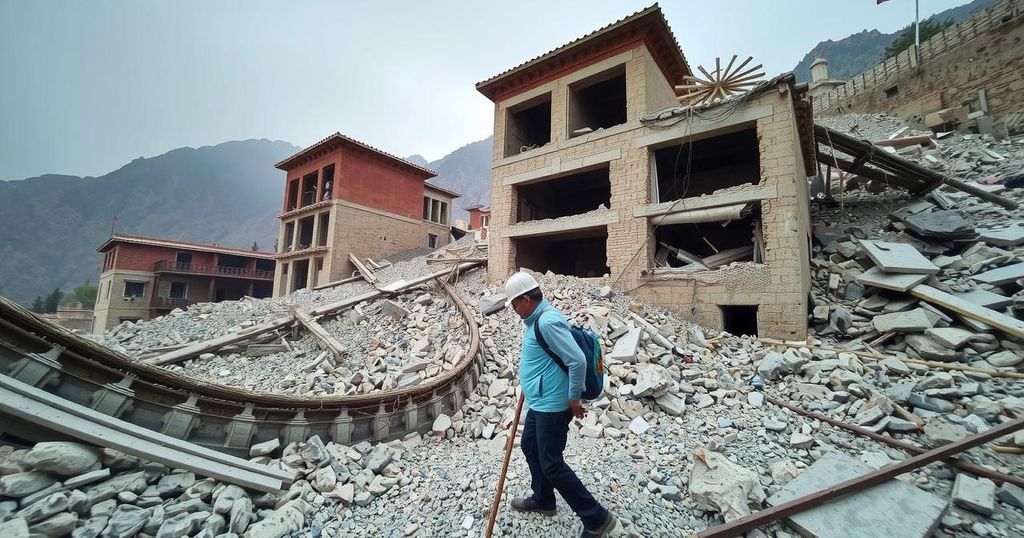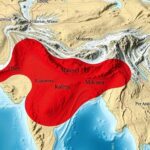Deadly Earthquake in Tibet, Western China Claims 32 Lives
On Tuesday, a powerful 7.1 magnitude earthquake hit Tibet, China, killing at least 32 people and injuring 38 others. The epicenter was located near high-altitude communities, challenging emergency response efforts. The earthquake’s geological causes stem from the collision of tectonic plates in the region, which is historically prone to significant seismic activity.
A significant earthquake struck a mountainous region in western China, particularly in Tibet, on Tuesday morning, resulting in the deaths of at least 32 individuals. The official Xinhua News Agency reported that 38 additional people sustained injuries in the disaster, as indicated by the regional disaster relief headquarters. The U.S. Geological Survey identified the earthquake as having a magnitude of 7.1, while Chinese authorities recorded it at 6.8. The earthquake’s epicenter was situated in an area where the Indian and Eurasian tectonic plates converge, contributing to the formation of the Himalayan mountains, which are known to alter the elevations of the globe’s tallest peaks. The affected region is notably high in altitude, with an average elevation around 13,800 feet, according to Chinese state broadcaster CCTV. CCTV also noted that several small communities are located within a three-mile proximity to the epicenter, which is approximately 240 miles from Lhasa, the capital of Tibet, and about 14 miles from Xigaze, the region’s second-largest city.
In Nepal’s capital, Kathmandu, the tremors prompted residents to flee their homes as they were startled awake by the quake. Information regarding the impact on the remote areas near the epicenter, particularly across the border in Nepal, remains sparse at this time. Historical data from the U.S. Geological Survey indicates that the region is prone to seismic activity, having experienced ten earthquakes of a magnitude of 6 or higher over the past century, underscoring the seismic volatility of this mountainous area.
The region where the earthquake occurred is characterized by its significant seismic activity, primarily due to the collision of the Indian and Eurasian tectonic plates. This ongoing geological interaction not only contributes to frequent earthquakes but also plays a critical role in the elevation changes occurring in the Himalayan mountain range. The area’s high altitude presents challenges in terms of accessibility and disaster response, particularly after significant seismic events.
The recent earthquake in western China has had a tragic impact, resulting in numerous fatalities and injuries, highlighting ongoing geological tensions between tectonic plates. Historical data indicates that this area is frequently affected by such seismic events, raising concerns about safety and preparedness for future earthquakes. Continued monitoring and emergency management are essential in mitigating the risks associated with living in this volatile geophysical region.
Original Source: www.cbsnews.com








Post Comment